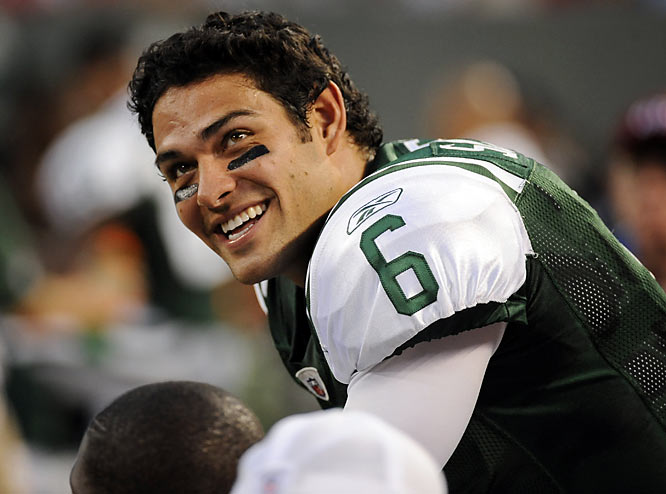What's in it for me? The Space Junk Version
 In case you are really unlucky, this is what might be coming for you
In case you are really unlucky, this is what might be coming for you
So have you heard about the large piece of space junk that is soon to come crashing down to earth?
It's actually an old, out-of-service satellite that is expected to fall to earth, in pieces, starting as soon as September 23rd. Ack! That's today!
Here's the essential information from Space.com:
NASA space junk experts have refined the forecast for the anticipated death plunge of a giant satellite, the U.S. space agency now predicting the 6 1/2 ton climate probe will plummet to earth around September 23rd, a day earlier than previously reported.
So what are the chances that a piece of this 'bus-sized' debris will actually strike a person? Well estimates vary some, but the figure is generally thought to be about 3,200/1. One in only thirty-two hundred? That doesn't sound good. In fact that sounds downright troubling. That doesn't really seem like that many people and when we see the descriptor 'bus-sized' along with it, well somehow it doesn't feel all that abstract and unlikely that a piece of debris might hit you or someone you care about and the entire issue might be something you need to think about.
Because we can quickly read those odds and interpret it quite differently, like 1 in every 3,200 people is likely to be hit, or in a town of 10,000 inhabitants chances are pretty good at least 3 people are going to have a rude introduction to a piece of space junk.
But of course if you interpreted the odds in that fashion you'd be seriously overstating your real chances of actually having your own version of a close encounter of the most unwelcome kind. Because while the chances of any person on earth getting hit with space junk might be only 3,200/1, the chances of you getting hit with a piece yourself are quite a bit higher, something on the order of 2 trillion to 1.
We (mostly), see and interpret the world around us via the prism of our own self-interest. And why not? It's actually really hard to let go or at least loosen our grip on the 'What's in it for me?' mindset.
Whether we are selling products, services, or even just advocating and recommending relatively minor changes in simple business practices or processes we are trained and encouraged to speak very clearly to the 'What's in it for me?' proposition for our audiences and constituents. If you don't have a good answer for that question, we are told, then you are quite likely to have a hard time making the sale, winning converts to your cause, or making any progess on your desired behavioral changes. No 'What's in it for me', then no joy my friend.
What's any of that have to do with giant out of service satellites plunging out of the sky? Not much I suppose. Besides we've just figured out that the likelihood of you getting plunked on the bean with a piece of mini-Skylab are really low, ridiculously low in fact.
But the chances of a piece of debris hitting someone, while still pretty unlikely, are not at all out of the question. But if we all just focus on our own odds, all of us thinking about the 2 trillion to 1, the 'What's in it for me?' version of the space junk plummeting to earth scenario, then there's nothing to worry about.
Someone else can worry about the 3,200/1.
Have a great weekend! And watch out for falling space junk!

 Steve
Steve

